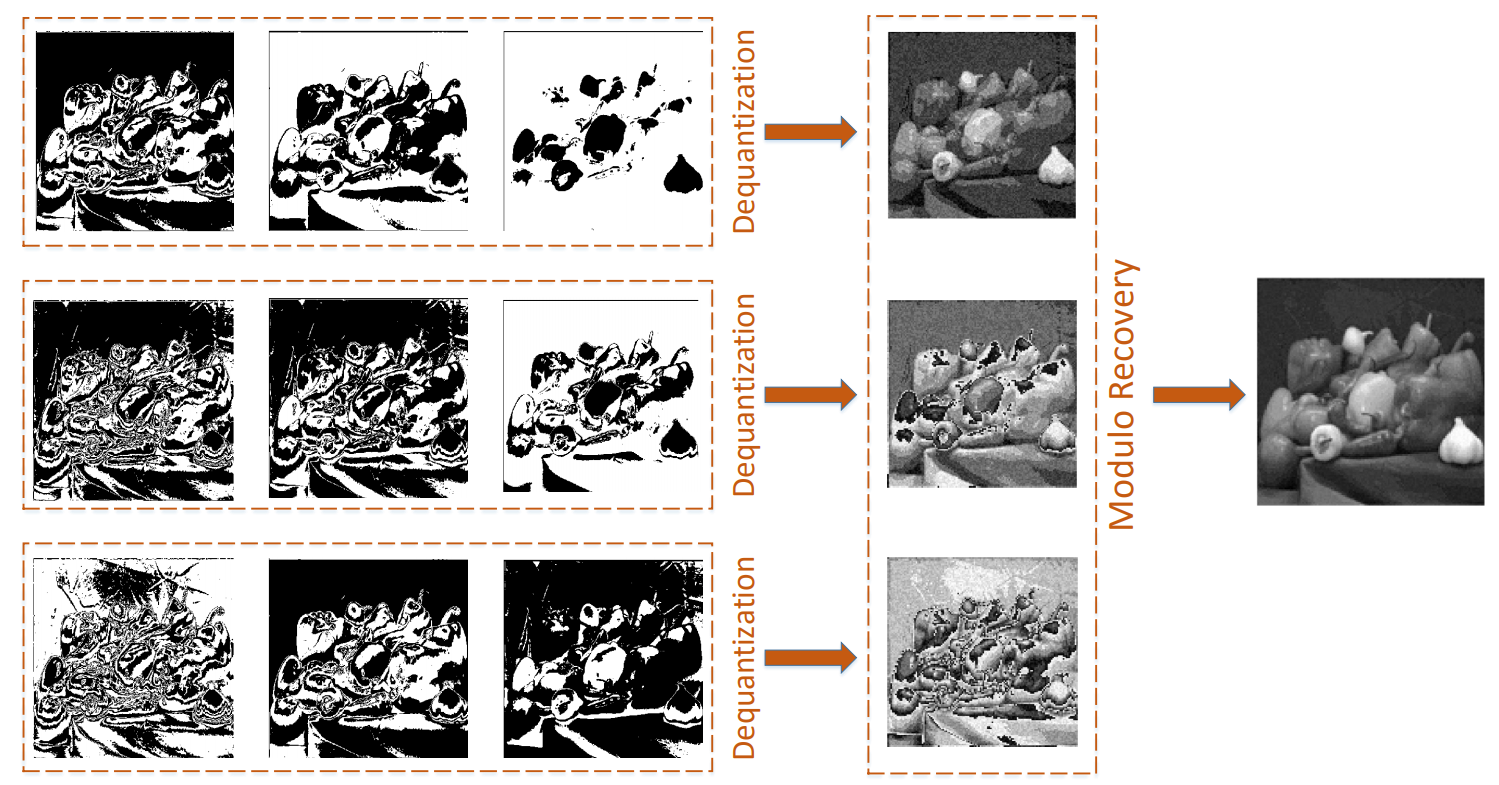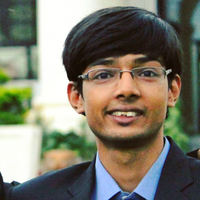Reconstruction from Periodic Nonlinearities, with applications in HDR imaging
Our focus in this work is a special kind of periodic nonlinear observation model encountered in high-dynamic range (HDR) imaging. It is well known that real world scenes contain a large range of brightness levels. However, due to hardware limitations, not all brightness levels can be accurately captured using conventional photography; if tuned incorrectly, most scene intensity levels can lie in the saturation region of the image sensors, causing loss of scene information. Similar problems arise in the case of multiplexed imaging systems, such as lensless and coded aperture imaging.
One solution is to increase the dynamic range of the image sensors, but this can lead to expensive hardware. An alternative solution is to deploy a special type of image sensor that wraps the observed intensity value at a pixel over a given dynamic range. This is analogous to the familiar modulo operation with respect to a parameter $R$, and we call this stylized imaging system a modulo camera. An added challenge in HDR imaging arises due to quantization. In fact, the “true” observations in a modulo camera are quantized versions of the (idealized) modulo observation, and the errors caused in the quantization propagates into the estimation process.

Clearly, the above estimation procedure is challenging due to the highly non-invertible nature of the observation model. In this paper, we design a systematic approach that takes some initial steps towards resolving this challenge.
Publications- V. Shah, M. Soltani, and C. Hegde, “Reconstruction from Periodic Nonlinearities, with Applications to HDR Imaging”, Asilomar Conference on Signals, Systems, and Computers, November 2017. [Paper/ Poster]



